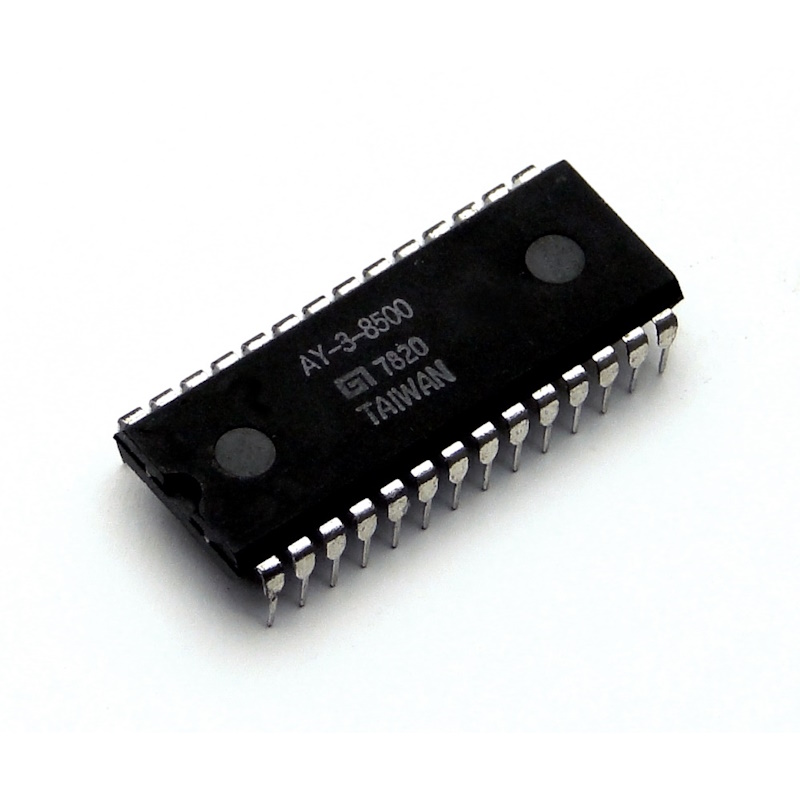|
History
One of the greatest innovations in videogame is one that nobody really talks about and this is the passage of video games from analog to digital. The first video game console, the Magnavox Odyssey was built around analog circuitry and discrete components, which made it complex and costly to manufacture. In fact, only a handful of video game consoles (including the VideoSport MK2, the Video 2000 and the Tele-Spiel) were released before the Pong-on-a-Chip revolution. This revolution began in 1975 with Atari. Atari had already created a shock wave in the amusement industry with the release of the PONG arcade. While the Odyssey had a moderate success, the PONG was making a fortune for Atari and they intended to replicate this success in the consumer market. To achieve Atari decided to create a Chip that would not only bring the PONG game to consumers home, but would add some feature such as on-screen scoring which would have been difficult to achieve with discrete components.
Atari’s design was very clever, Atari had no intention of licensing it to other companies. As such, other companies started working on their own version of the Pong-on-a-Chip. Magnavox was the first to recognize the potential for these chip and asked Texas Instrument to create special chips for their upcoming Odyssey 100 & Odyssey 200. Each chip had a special function such as on-screen scoring, game logic, etc. Having multiple chip allowed for more flexibility for the console developer, which was seen as a competitive advantage by Texas Instrument. But their plan to conquer the heart of hobbyist and electronic companies was foiled by General Instrument Microelectronics, a well-known manufacturer of chips who also started to work on their own version of a Pong-on-a-Chip in 1975.
Release
Released in 1976, the AY-3-8500, was the first commercially available Pong-on-a-Chip single chip design. It features 6 games : Practice & Shooting Game 1, which were both single player and Tennis, Hockey (or Soccer), Squash and Shooting Game 1 which were all two-player games. The first company to use the chip was the Coleco , but it soon became the beating heart of hundreds of different PONG-like console. In front of this gigantic success, other companies soon became creating their own version of Pong-on-a-Chip including MOS Technology, Universal Research Laboratories, etc.
The use of chips made it dirt-cheap to create a game console. It wasn’t long that almost all the electronics and toys company had their own PONG-like console. To this day, more than a thousand consoles using these chips have been found, and more are added to the list every week.
Demise
The first nail in the Pong-on-a-Chip coffin was the release of the Fairchild Channel F in 1976. The Channel F features a fully programmable game system that no longer rely on hard-coded game on a chip. This meant that new games could potentially be released after the console in a form of a cartridge. Some console such as the Cassette Vision and Video Cassette Rock (the latter being one example of the many systems using the PC-50x family chips) put chips directly in their cartridge to achieve the same effect. But the cost of developing and manufacturing chips for each individual cartridge proved to be a timely and expensive endeavor. In the end, the uses of programmable CPU and external media became the norm in the video game industry, sending the Pong-on-a-Chip in total obscurity.

